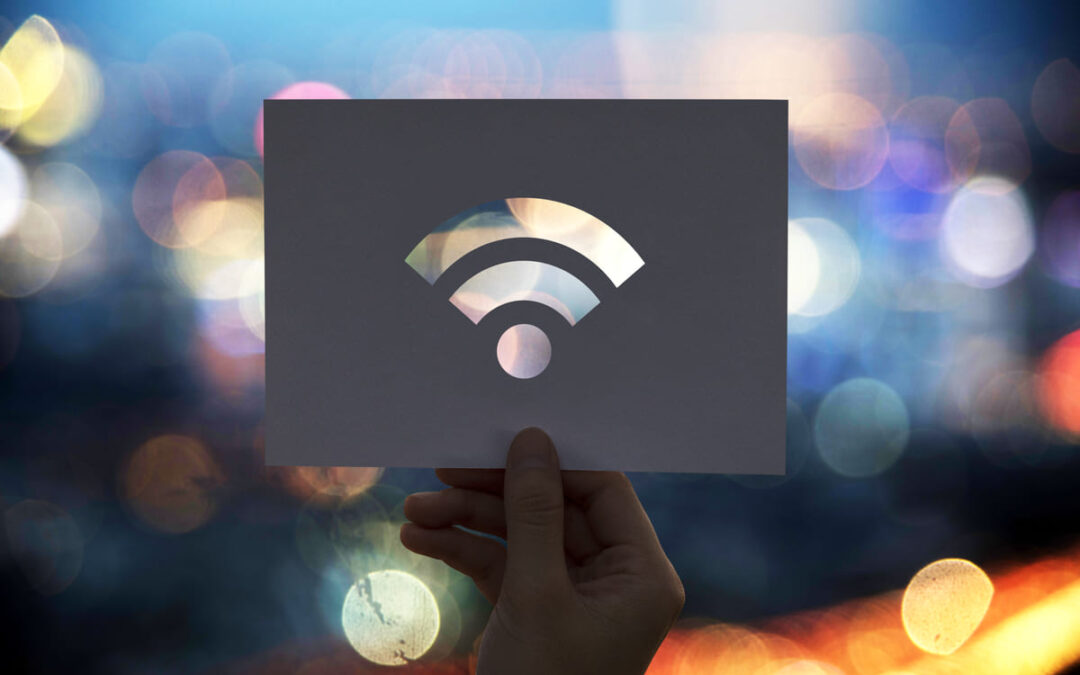As a computer support provider, it’s our responsibility to keep our customers and clients up-to-date on the latest ways cyber attackers are trying to access their private information. For instance, have you seen the recent FBI warning about public USB charging stations like the ones you find in airports? It seems tech villains have found a way to alter the ports to hack into people’s phones. And it happens whether you’re connected to the free Wi-Fi or not. It’s best, the agency says, to use your portable charger or a regular electrical socket with a charging cord.
While public networks get a lot of the headlines, IT companies like CEG are constantly on the lookout for other ways bad actors are exploiting Wi-Fi vulnerabilities. On the extreme end are cases like the “Wi-Peep,” a device that can fly near buildings and use the Wi-Fi networks of those inside to identify and locate all Wi-Fi-enabled devices inside in a matter of seconds. However, attacks like spoofing, phishing, and frag attacks are much more common, and they’re happening on personal and business networks at an alarming rate.
Common Wi-Fi Vulnerabilities
IT professionals who manage wireless networks must use their expertise to secure networks to protect users, devices, and the services using them.
Two types of breaches can cause individuals and businesses to lose their sensitive data.
- A company’s server is hacked, and the credentials of thousands of users are stolen. This type is nearly impossible to prevent at the user end.
- Insufficient Wi-Fi security measures and weak passwords allow hackers to gain access to a Wi-Fi network.
Which attacks should you be concerned about most? Wi-Fi routers and access points are the two most vulnerable IT devices and are the primary target for ransomware and other attacks. For example, a recent attack campaign dubbed “ZuoRAT” is a sophisticated method that targets small business or home office routers. How does it work?
- The ZuoRAT MIPS (Microprocessor without Interlocked Pipeline Stages) file is sent to a user’s router.
- Once installed, it calculates the hosts and internal LAN (local area network) and grabs network packets transmitted through the compromised device.
- Attacks such as DNS and HTTP hijacking are launched, and the connected devices deploy what’s known as “shellcode loaders” on devices and machines in the local network.
- The attack then travels from the router to network workstations where trojans like CBeacon, CobaltStrike, or GoBeacon are executed.
From packet sniffing to wardriving and encryption cracking, Wi-Fi hacking can be a nightmare for the people and companies it affects. CEG ensures all your routers and equipment have current security protocols and firmware. People using personal devices should have various vulnerability codes checked by a computer support technician.
CEG: Computer Support That Keeps Your Wi-Fi Secure
There’s no time like right now to get serious about wireless network security. CEG provides computer support services throughout the greater Napa region. And unlike many other IT companies in the area, we offer both residential and commercial solutions.
Contact us today to learn more about how to secure your Wi-Fi network and keep your data protected.

